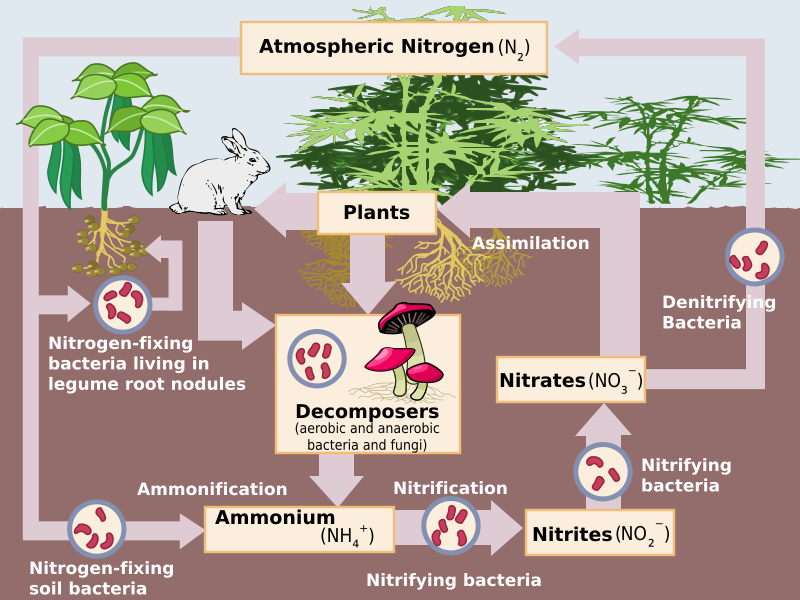Nitrate assimilation in Candida nitratophila and other yeasts
Nitrate assimilation has been studied in four species of yeasts;
Candida nitratophila, Candida utilis, Hansenula anomala and
Rhodotorula glutinis. Ammonium-grown cultures of these organisms did not assimilate nitrate but acquired the capacity to do so after a 3 h period of nitrogenstarvation. Ammonium inhibited nitrate assimilation completely in nitrate-grown cultures of
R. glutinis. With
Candida spp. ammonium and nitrate were assimilated simultaneously but each was assimilated at a lower rate than when either was supplied alone. Nitrogen-starved cultures of
C. nitratophilacontained enough nitrate reductase activity to sustain high rates of nitrate assimilation. Results indicate that the high levels of nitrate reductase in nitrate-grown cultures of
C. nitratophila do not limit nitrate assimilation. Nitrate assimilation appears to be limited by nitrate uptake and/or the supply of reducing equivalents for nitrate reduction in these cultures.


